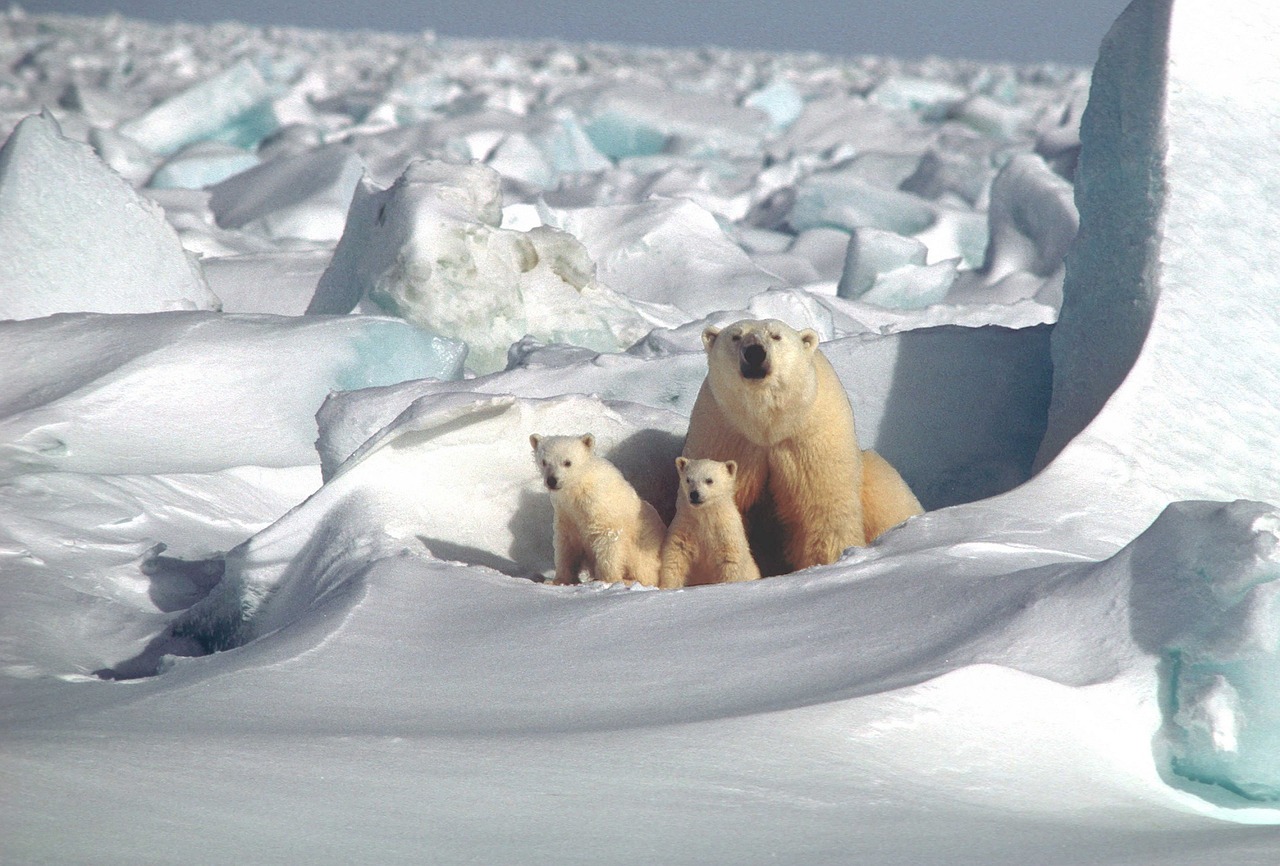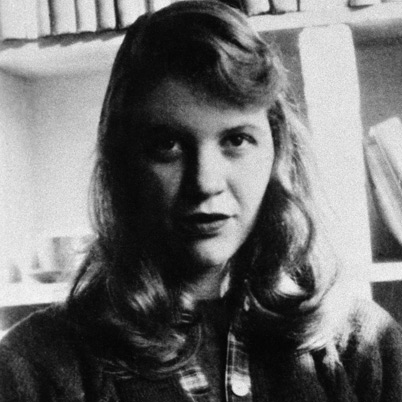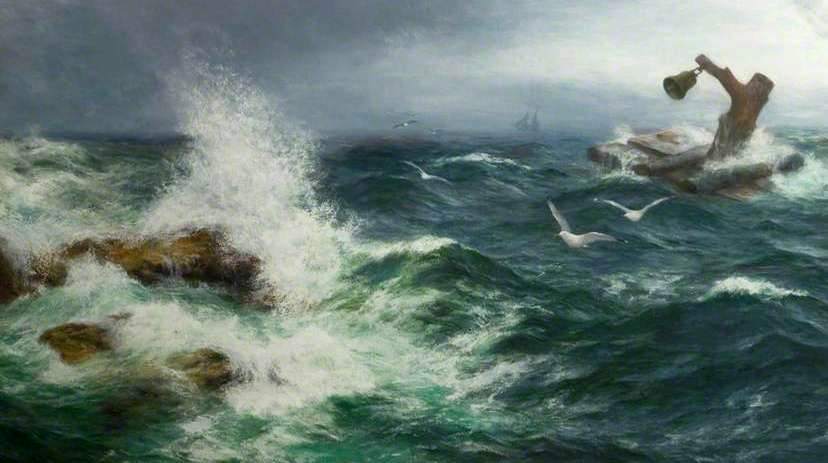Introduction: Sylvia Plath, a renowned American postwar poet, novelist and short-story writer, has her fame laid chiefly on the poems written on the edge of her life when her turbulent life reached its climax and took a form of a violent storm.
Such is the context that relates the poem New Year on Dartmoor, written in the beginning of 1962 – just before a year when the height of depression and bitterness led her to take own life – and thus published posthumously in The Collected Poems. Despite the several instances of her emotional breakdown that led her to many other suicidal attempts throughout her youth, the successful one follows the time that separated her from her husband, Ted Hughes, in the middle of the year the poem in question was penned.
Setting: It can evidently be inferred that this poem was a product of such an oppressed mind of the poet as to have world for nothing but its bitterness is absolutely normal. She had a daughter of about a year of age and was in almost full-term with her second child, when the whole family, moved to a manor house, Davon, England, not far from Dartmoor, and rented a flat, at Chalcot Square, near Primrose hill, to an owner and his wife, Assia Weville, with whom her husband got into an affair. This made their relation to stand into a point of fragility and made a severe addition to her depression as well. At the closing of this turbulent year, the mother took a short trip with her little daughter at the frosty landscape of Dartmoor, and there the poem was set.
Summary: The close of 1961 brought a new year to the world, but what was the newness to the poet? The bitter world has not ever renewed at the break of years; the landscape has not the least inclination to make a change merely because of a new year. But why people rejoice it, the poet finds no reason. All the anticipated hopes and resolutions shouted for a new year seemed meaningless, a falsetto. The very eve is altogether is just a caricature.
They remain at the same state where they were, after their rejoicing is exhausted. That there is no way out from the struggle and strangeness, difficulties and depression, cruelty and coldness, though they are not ignorant of, they pretend to hope for happiness again and again, and get so depressed at the very next moment as to repent that no newness is brought, indeed, to their life. Only child know not of the worries of the world, and only these ignorant are allowed to rejoice at the sight of the newness, the rest only pretend.
New Year on Dartmoor by Sylvia Plath — Analysis
The depressed mother gets lost into her description of the land comparing her own life and shares with her daughter her experiences of several new years she has had. This one is nothing exception of those, however, this time, they have come to a new place – a place full of obstacles of icy slants, frozen beams wrapped in crystal ice, and sudden slipperiness – called Dartmoor.
The poet seems to be confounded with the place to her own life. Apparently and to her daughter, the place has a newness – as they have been there for the first time – but she is struck with a resemblance there with her life which is barred by the ‘obstacle’ as ‘tawdry’ and bitter, difficulties as cold and hard and ‘peculiar’ as that of icy beams, in the place, to be never shaken or overcome.
This landscape is ‘glinting and clinking’, and of course, it makes the scene attractive but only to her child who is ignorant of the difficulties laying there. The poet points out that this caricature – ‘glinting and clicking’ – as well makes the surface slippery as sparkling to glide on the worries of life directly and suddenly.
People shout their hopes, make resolutions in the new year eve predicting better life ahead, but the poet only considers those a saint’s false predictions, i.e. ‘a saint’s falsetto’, since the very next moment awaits them to devour completely, and all of a sudden, they glide into the anxieties, hardships and bitterness of the reality. They realize, as the poet herself does, that reality of the world is a ‘slant’ ‘inaccessible’, peculiar, cold, and ‘blind’.
One can never evade the harshness of the real world even by the high-flown words, oracles or hopes, nor they can overcome it ever by the caricature of few moments’ oblivion by their utmost endeavour. The poet mentions ‘elephant’, ‘wheel’, ‘shoe’ as to symbolize the new year celebration. Newness always makes a child elated, and the sparks and sound of the landscape of Dartmoor makes her daughter so, naturally. The poet knows she cannot make her daughter realize the blackness behind the bright scene there; she is too new to perceive the coldness of the world. She can only look the world into the bright light, but cannot look wide into the depth of darkness. So, the poet makes her daughter aware that they have only come to look it, not to be elated.
Conclusion – tone, Theme, and rhyme scheme: Sylvia Plath hits a marked feature in the poem by blending the words describing the landscape as it is apparent and the words picturing the storm-stricken landscape of her own life, for example – ‘Tawdry obstacles’: ‘obstacles’ are the icy beams or slants in the landscape, but it being tawdry seems odd, but ‘tawdry’ bears the sense – bitterness of her life; ‘sudden slippiness’, ‘the blind, white, awful, inaccessible slant’ etc..
This gives an evident picture of her oppressed mind, and the thoughts engrossing her completely even on the outing with her daughter in the new year day. That the tone of the poem is pessimistic has a clear hint by the expressions like ‘a saint’s falsetto’, ‘there is no getting up’ etc. The life of the poet brutally abused makes her pen as pessimistic and her rhyme incoherent, i.e. a free verse, so weave the theme of depression – depression to live in the world where there is no value of newness, or ‘this is newness’ that retains the old wounds. Hope you enjoyed reading New Year on Dartmoor by Sylvia Plath Analysis.
Some online learning platforms provide certifications, while others are designed to simply grow your skills in your personal and professional life. Including Masterclass and Coursera, here are our recommendations for the best online learning platforms you can sign up for today.
The 7 Best Online Learning Platforms of 2022
- Best Overall: Coursera
- Best for Niche Topics: Udemy
- Best for Creative Fields: Skillshare
- Best for Celebrity Lessons: MasterClass
- Best for STEM: EdX
- Best for Career Building: Udacity
- Best for Data Learning: Pluralsight















